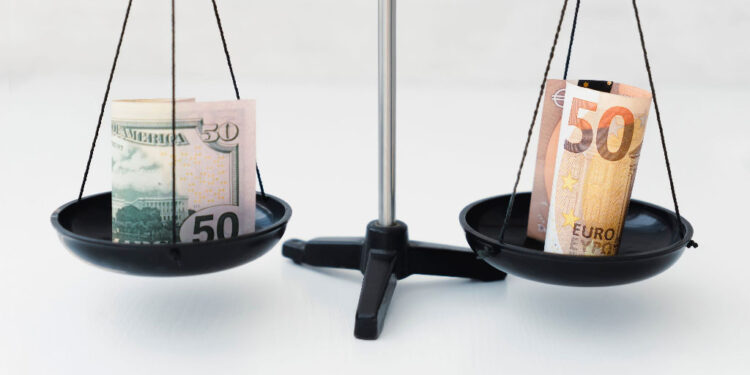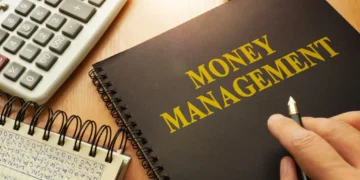Open your bottles of champagne, and cheers to the Dollar! We have every reason to celebrate since the USD is experiencing its heyday internationally. After two decades, it almost reached parity with its greatest rival, the Euro, at the beginning of July 2022.
The USD strikes back!
How long can the American currency continue this glorious triumph? Should we enjoy this moment of victory? Or must we take the present financial situation as a pinch of salt and start thinking about its negative repercussions?
Join us as we investigate this battle’s roots and implications. Besides, although the ways of the international financial world are unknown, we give our best shot to predict its possible outcomes!
Think ahead and invest smartly!

In advance, it’s safe to assume that one side gaining an advantage over its opponent resulted from a (temporary?) weakness. The delicate balance has been turned upside down between the USD and the Euro. As a result, some vocal concerns emerged, according to which we’re heading towards a national and international economic fallout.
Suppose you fear an impending recession might affect your investment portfolio. In that case, we highly recommend you discover smart investment opportunities during a recession. An intelligent individual and business entity always considers the future.
Your money should be in real estate!

Betting on real estate and keeping your money in a property or several might be a viable solution. Consequently, you might want to reach out to top-tier local real estate agents. These experts can draw your attention to numerous real estate-related topics you never even thought about. For starters, you can look into buying properties at the 2026 FIFA World Cup US locations, and later turn them into Airbnbs.
By default, buying a second home is generally regarded as an excellent idea. Now, however, affordable international investments also have gotten into the picture. You can get more and cheaper real estate abroad for your buck.
Equality between the two currencies
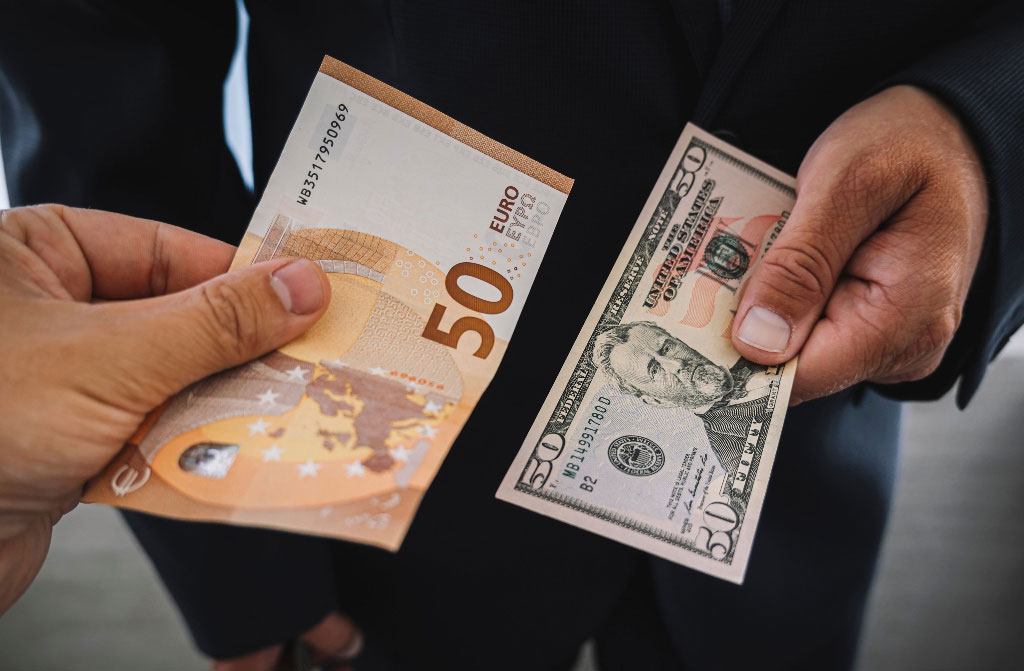
Because of the eurozone’s sensitivity to the Ukraine-Russian conflict, the EUR/USD came to parity. As you know, Europe relies heavily on Russian energy, whose supplies have decreased by approximately 40%. Thus, European governments and companies were forced to raise prices, fueling fears about inflation and recession.
People were fleeing from primarily European assets into the Dollar as a safe haven, partially granted by the US Treasury bonds. Currency stability depends on a supply-demand principle and the things you’re going to buy in that specific currency.
To best illustrate our point, let’s look at our close neighbors! The Canadian Dollar’s worth is co-related to the price of oil. Our neighbor’s currency provides the means for oil-related businesses. In other words, a large portion of Canadian GDP comes from the oil industry. So, when demand increases for oil, the capital influx into Canada also rises to access the goods.
How did the Dollar become so successful?

What drove up the USD in general? The US Federal Reserve, which was often criticized for its neighborhood rebirth plan, raised interest rates on the American currency. The European market started to underperform, meaning that people abroad began selling their valuables.
Thus, they turned their attention to investing in American assets and expanded their cash reserves. Additionally, the Fed continued to raise interest rates even more during the summer of 2022, while the European Central Bank failed to do so.
How long can the Euro lose its value?
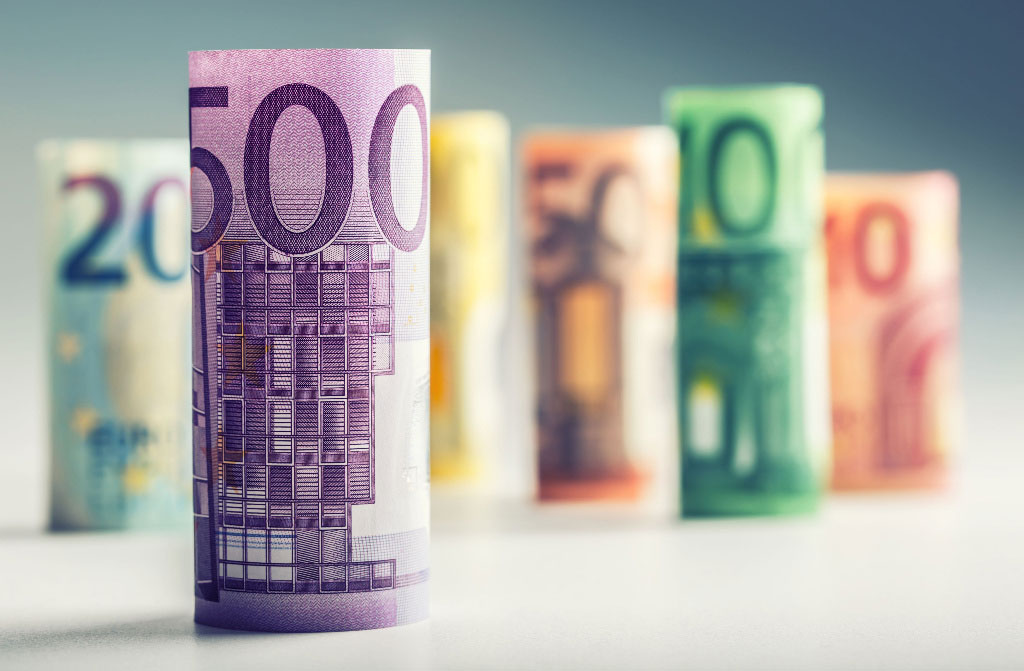
The main thing people and businesses buy is debt in the form of bonds. The European bonds slowly ended up at zero or negative interest rates. At the same time, the Feds increased the interest rate on the Dollar.
The stimulus for folks to buy Euros to acquire these low-value bonds dropped substantially. On the other hand, investors’ motivation to invest in US Treasurys with higher interest rates significantly grew. It’s only logical since it would give them more investment returns (or ROI.)
With inflation at a record 8.6%, the European Central Bank (ECB) has lately taken a bolder approach, startling the market by raising interest rates by 50 basis points in July, which was the first increase in eleven years.
Everyone expects the ECB to raise interest rates once again in September. The bank’s more aggressive forecast pushed the EUR/USD to 1.0164 on July 28, 2022. However, with the eurozone experiencing a recession, the window for raising interest rates may be closing.
The USD’s spending power was boosted abroad.
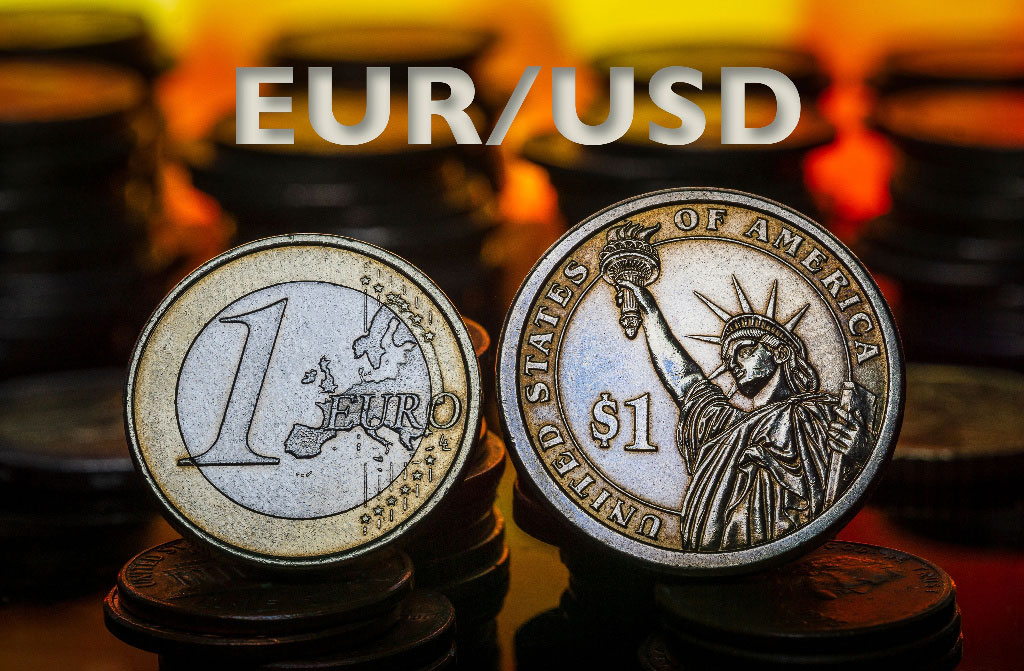
The obvious question pops. Should you be buying Euros? Let’s analyze our two options.
Exchange your money in Euros!
On the one hand, we advise you to do so because you can now see that dollars are worth so much more in Europe than ever.
Once the Euro lost momentum and the USD closed up, your European economic opportunities opened up. On a micro level, you can travel abroad and afford to have higher expenses since your spending power has increased. For instance, you can see inexpensive international ski resorts.
On a business level, you can explore what your dollars are genuinely worth in terms of beneficial partnerships with European companies.
Forget bout the Euro, and stick to the USD!

Predominantly, the Dollar will continue in a more robust market against the Euro. Note that we don’t mention other currencies here. At the present moment, the US economy is more potent than its European counterpart. This fact also implies that the ECB doesn’t have as much wiggle room to raise interest rates as the Fed does.
In July, the US economy produced outstanding and promising numbers regarding the national job market and high inflation. Based on these two economic aspects, the Fed has drawn the conclusion that it can amplify interest rates. A three percent interest rate is expected by the last semester of 2022. In the meantime, there’s no guarantee that the ECB can pull a similarly impressive trick out of its hat. Investing in the USD remains more compelling.
We can all agree that the USD is the more productive currency in the present moment as opposed to the Euro. The Euro just stands still, and the assets you can buy for it qualify as more unproductive that won’t bring the investor any substantial ROI. However, this can change over time. Our point is that now the USD is the more reliable currency. With the Euro, investors assume the timing risk. Investing in American bonds currently has a higher yield than purchasing European bonds, which are classified as more productive acquisitions.
Final thoughts
The attractiveness of the Euro has lost a lot due to various factors, such as the ongoing Russian-Ukrainian war, inflation, and growing oil prices. The European Central Bank couldn’t keep pace with the American Federal Reserve concerning the rise of interest rates determining a currency’s buying power. Subsequently, the US reached parity with the European rival and is likely to rise above it.
Since the chances that the Fed continues its interest rating politics are higher than the ECB’s, we bet our money on the USD in the short run. Currently, the Dollar can buy you more productive assets, such as government bonds, than the Euro. However, this prediction reflects only the current state of affairs.


